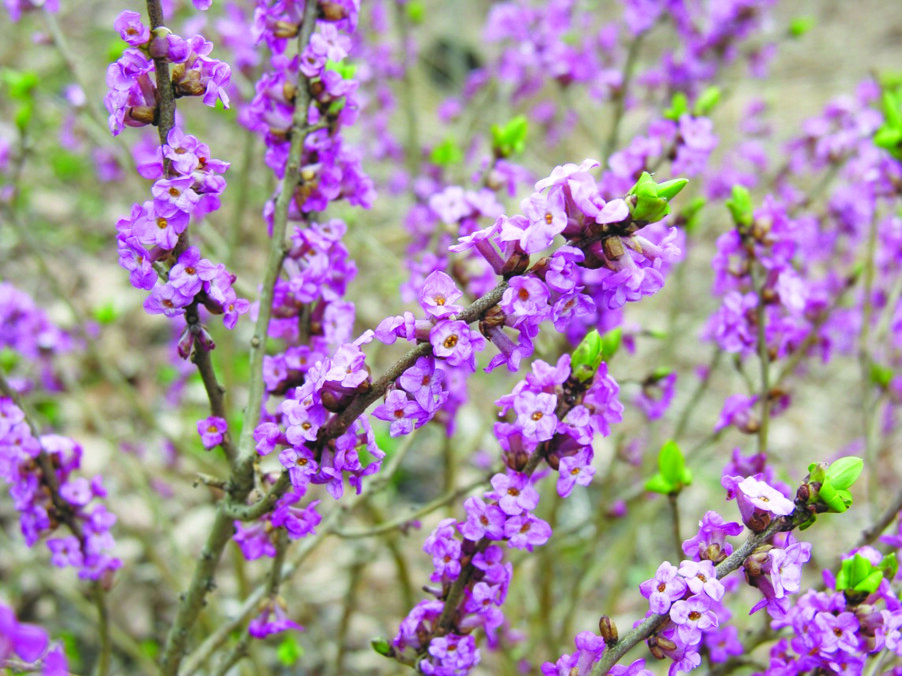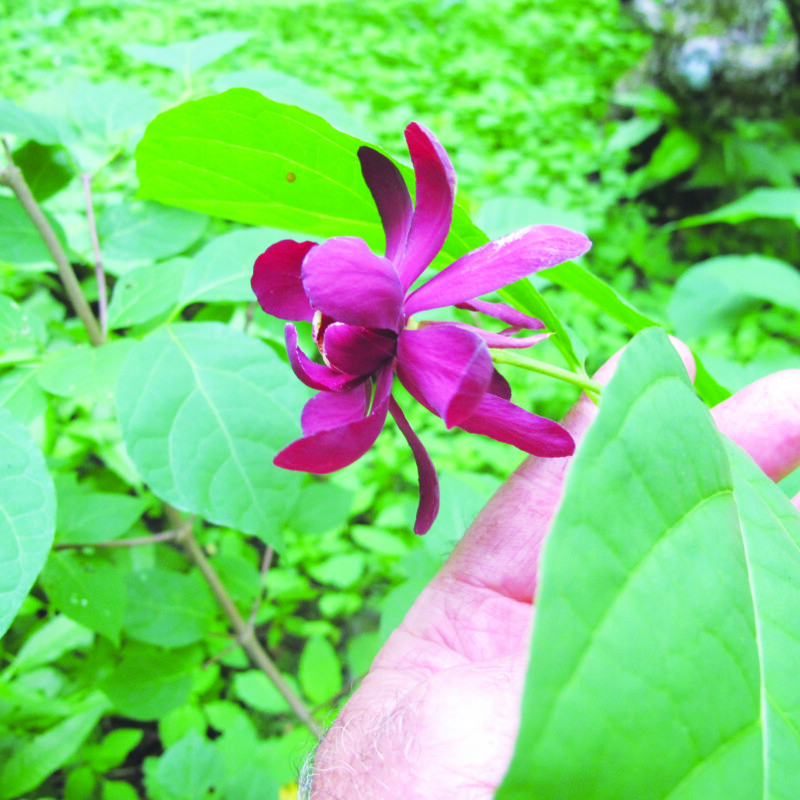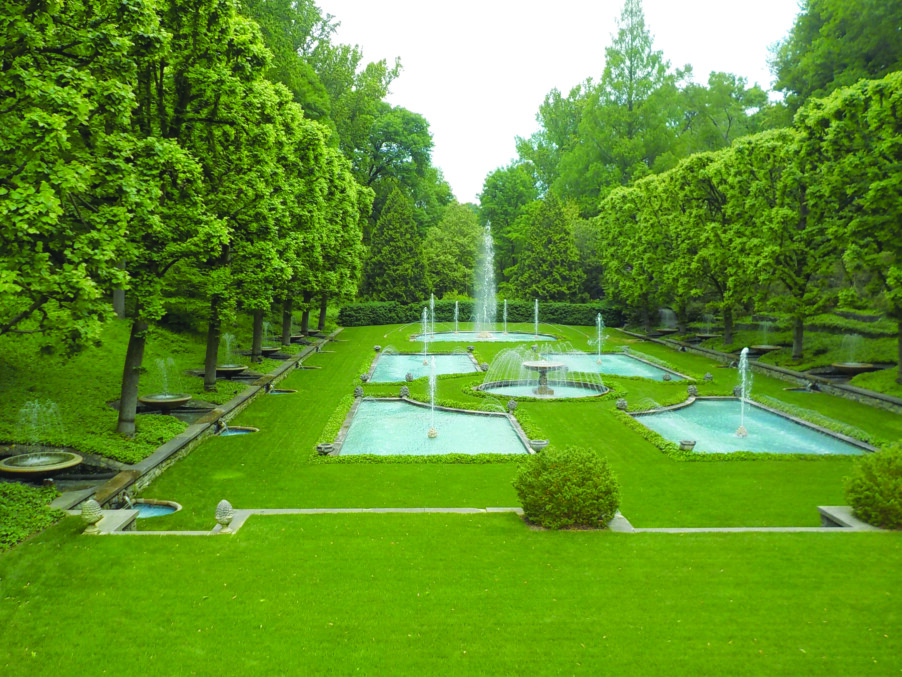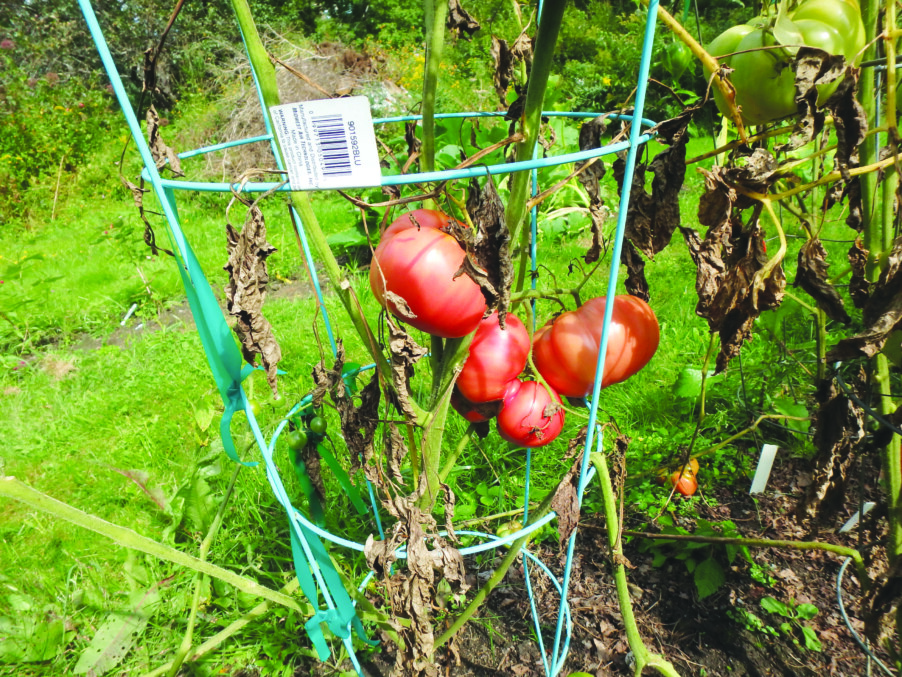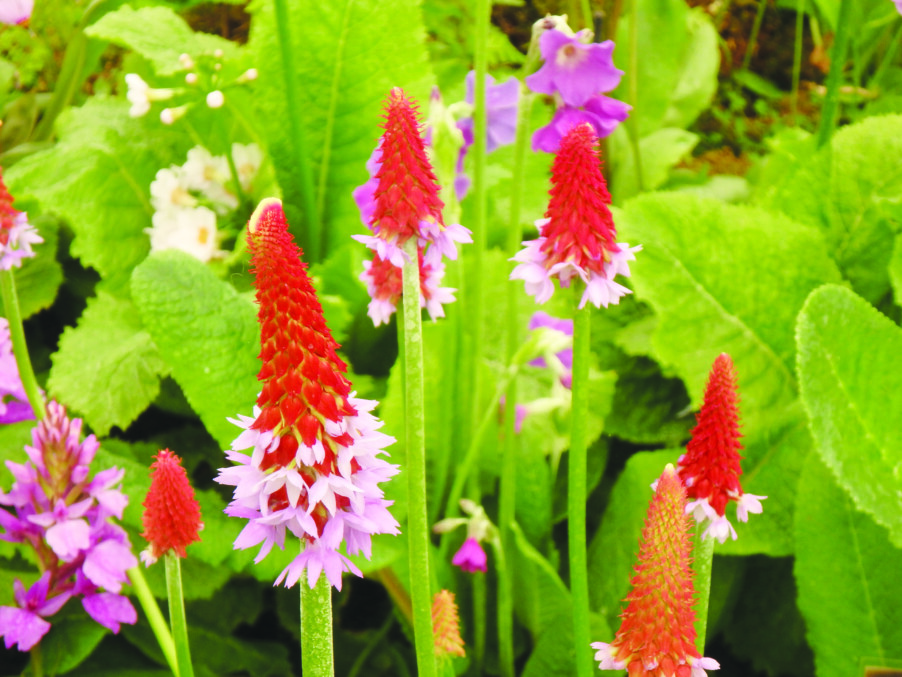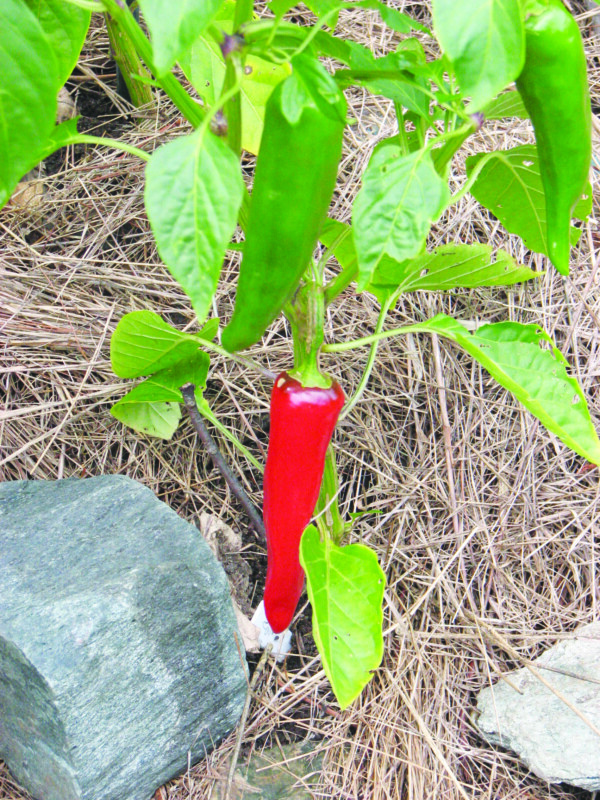Stop and smell the daphne, peonies and viburnum
Do you remember your Grammy’s favorite rose? If you do, you probably remember how fragrant it was. One of my grandmother’s favorite plants was the peony named ‘Festiva Maxima.’ It is a double white with a drop of red in the middle. It’s in bloom now, with a fragrance so pleasant it almost makes me swoon. And even though she passed away in 1953, her peony has been divided and shared, and I have a piece of it, which I treasure.
My friend Nelia Sargent of Claremont, New Hampshire, is an excellent gardener, growing trees, shrubs, perennials and annuals. She specializes in plants with fragrant flowers because she has been blind since she lost her sight while in college decades ago. I called her recently to see what flowers please her the most in spring, summer and fall. Let’s take a look.
Spring: Early each spring one of Nelia’s first bloomers is a witch hazel named ‘Arnold’s Promise.’ Even though it is a Zone 5 plant (hardy to minus 20 degrees) and we are in a Zone 4 area, her home is within a mile of the Connecticut River, which tempers winters a bit. Arnold’s Promise blooms for her in April and, she said, one stem will fill a room with fragrance for up to two weeks in a vase.
Another favorite of hers is February daphne (Daphne mezereum), which blooms here in late March into April. It is a small shrub that is relatively slow-growing and short-lived. She says they are good for 10 years, but I’ve had one for 20. It is very fragrant and has lovely lavender flowers. All daphnes are fragrant and she also likes Daphne burkwoodii, which blooms in May.
Viburnums are also fragrant shrubs grown by Nelia. She particularly likes Viburnum judii and V. carlessii. The first, also called Judd’s viburnum, has semi-snowball bloom clusters that are pink in bud and white when open. It grows in full sun or part shade, as does Korean spice viburnum (V. carlessii). Both prefer well-drained rich soil in sun and stay a tidy 6- to 8-foot height and width. I grow the second and have had mixed luck with it: It is not always very generous with its blossoms, and does develop dead branches at maturity.
Summer: This is the season that has the most kinds of fragrant blossoms. Nelia has developed such a keen sense of smell that she was once invited to “smell test” and rate the lilacs at the Arnold Arboretum at Harvard.
Nelia told me that there are about 20 different fragrances from lilacs, each distinct. Her favorite lilacs are called ‘Sister Justina,’ ‘Gertrude Lesley’ and ‘Miss Kim.’ Miss Kim is often sold as a miniature, but it is really just slow-growing. Mine, now 25 years old, is about 12 feet tall and wide. The fragrance is lovely — I can smell it from 20 feet away, and on a sunny day it is loaded with butterflies and bees.
Then there are peonies. Properly planted, peonies last forever. And, as Nelia said, ”You can plant peonies for your heirs, but they yield immediately.” Purchase your peonies now, while in bloom at the garden center so you can see if they are fragrant — not all are — and see what they look like. Just don’t plant them so deep that their nibs or growing points are covered with more than an inch of soil, or they will not bloom in the future.
Nelia’s favorite peonies are Dawn Glow, Madame Deveronvale, Edulalis Superba (a very early deep pink), Festiva Maxima, Duchesse De Nemours and Carnation Bouquet (spicy, with a “carnation appearance”).
Mock orange (Philadelphus spp.) is a group of shrubs composed of about 20 species that are very fragrant. But they are a bit unruly and not suited for prime real estate in the garden. Nelia suggests planting them a bit away from the house and letting them naturalize. I’ve never grown it myself due to its spreading behavior.
Late summer and fall: Many fall flowers are big, tall, bright — but not very fragrant. Here are a few she likes.
Clethra: A nice shrub that likes moist places. She particularly likes ‘Ruby Spice,’ which is a reddish one.
Cohosh (formerly Cimicifuga spp., now included in the genus Actea): This plant has tall flower spikes that display drooping bottlebrush flowers. Bees absolutely love it. There is a black-leafed species that is quite distinctive called Hillside Black Beauty.
Seven Sons-Flower Tree (Heptacodium miconioides) starts blooming in September and may continue into October unless there is a bad frost. The blossoms are small and white and delicately fragrant. I grow it for the bark as well, which is exfoliating and interesting all winter.
So, if you like fragrant flowers, try some of Nelia Sargent’s favorites. All are wonderful.
Henry is the author of four gardening books and is a gardening consultant. He lives and gardens in Cornish Flat, N.H. Reach him at henry.homeyer@comcast.net.
Featured photo: Close-up of February Daphne taken in late March. Photo by Henry Homeyer.

